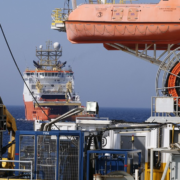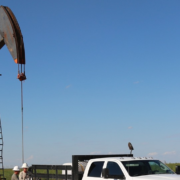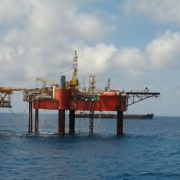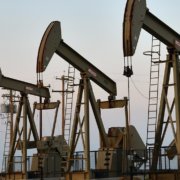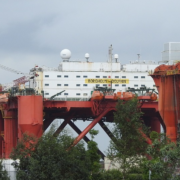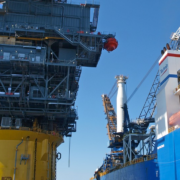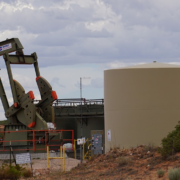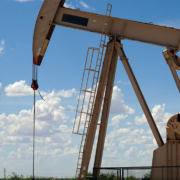Rising prices at the pump will not be the biggest problem for some drivers this holiday weekend. Their biggest problem will be empty pumps – the result of a shortage of tanker truck drivers. The question is, “Will there be a July 4th gasoline shortage?”
GasBuddy’s Patrick De Hann tweeted yesterday there were no issues with the production of fuels, but the shortage of tanker truck drivers was compromising supply in some parts of the United States.
The shortage is a national problem that emerged before the pandemic, but the pandemic made an already bad situation worse by shutting down tanker truck driving schools. As a result, CNN reports, about a quarter of U.S. tanker trucks are currently parked for lack of qualified drivers. This compares to 10 percent in 2019.
At the same time, demand for fuels is on the rise – and so are the prices. The national average hit the highest since October 2014, at $3.10 per gallon, and demand has returned to 2019 levels, based on Energy Information Administration data. This suggests the shortages may persist.
Click here to read the full article.
Source: Oil Price
If you have further questions, feel free to reach out to us here.


